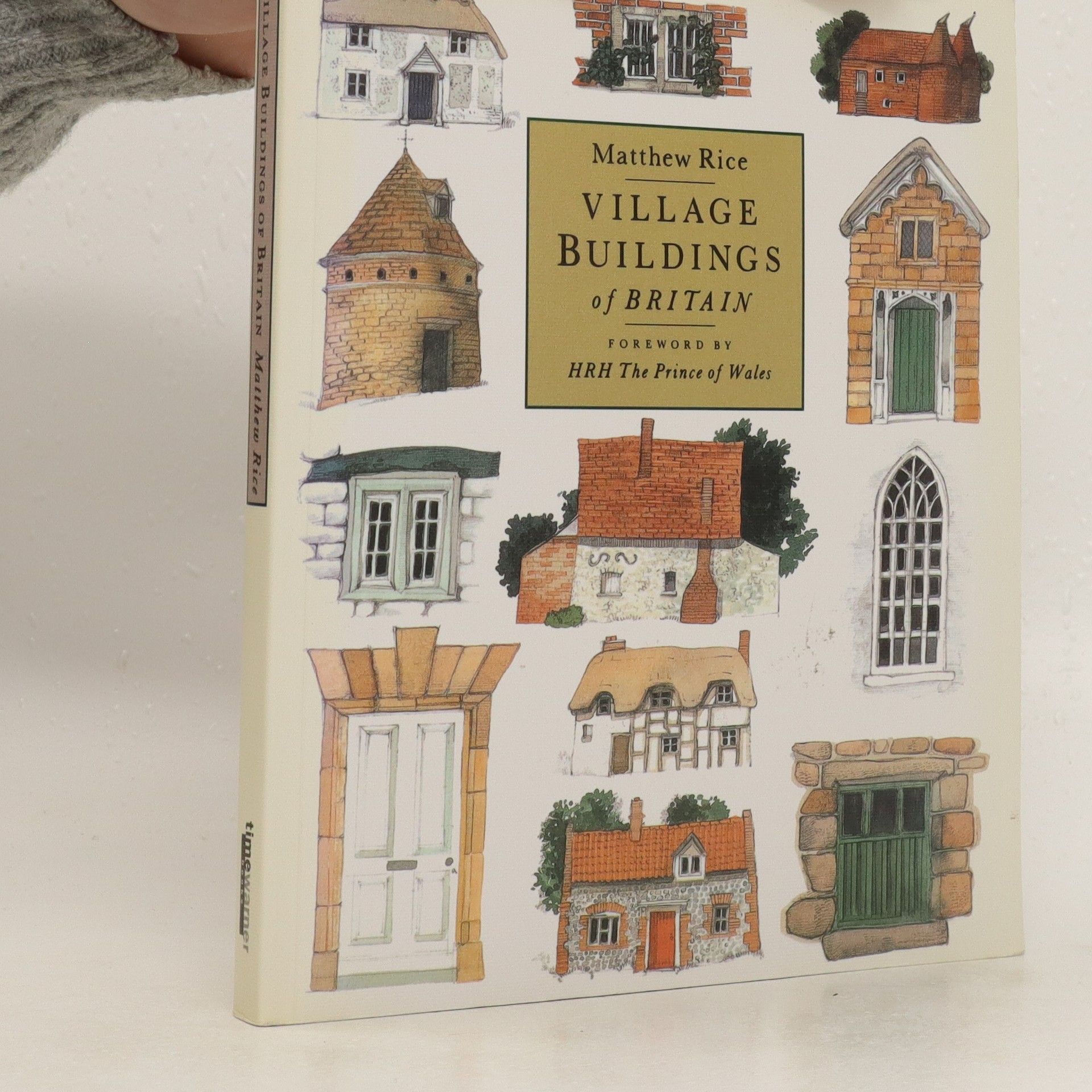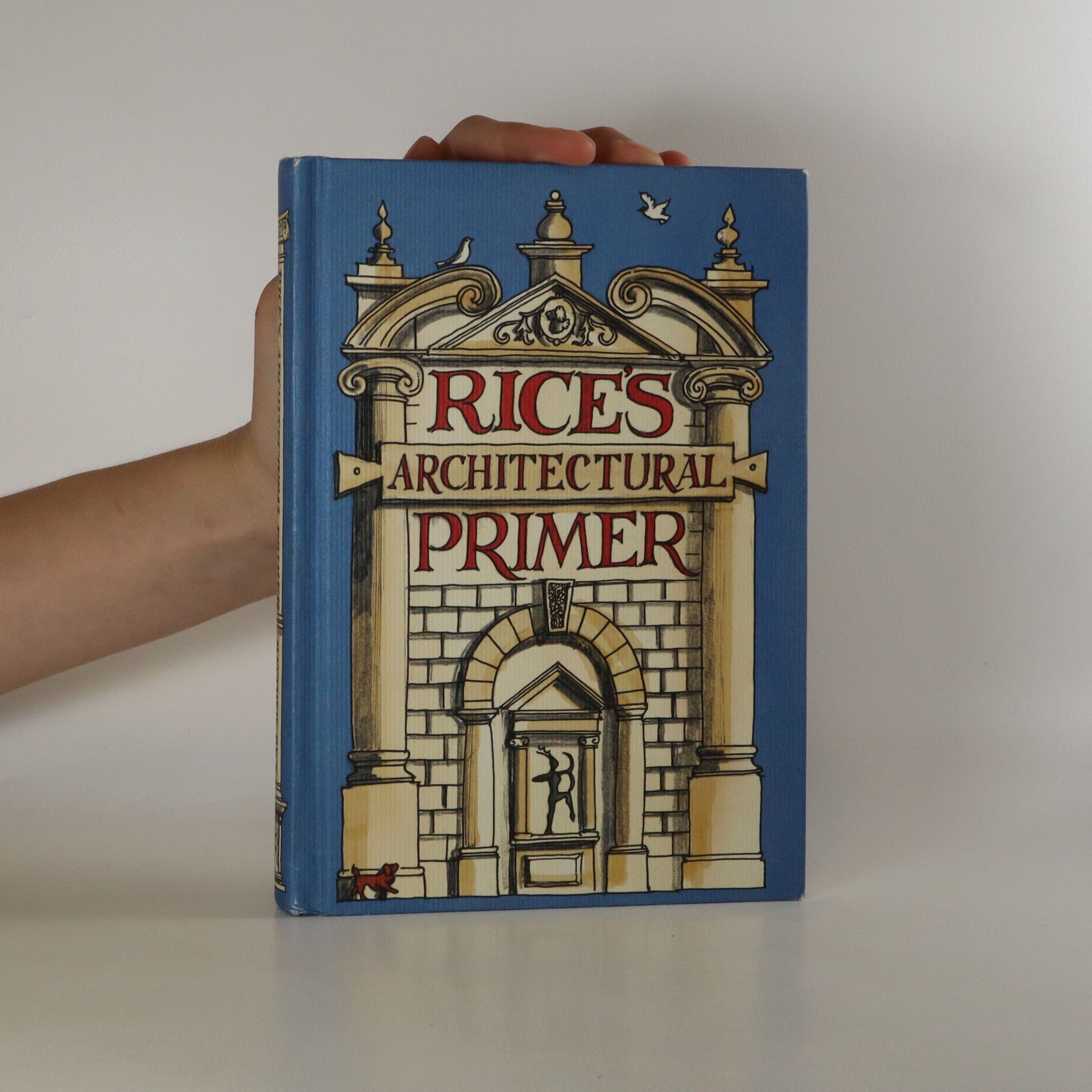A guide to the glories of Rome, conveyed by means of an artist's sketchbookMatthew Rice is a long-time observer and illustrator of cities, buildings and all those who inhabit them, with an uncanny ability to express the energy of a place through a few lines of ink and splashes of paint. In the first book in this new sketchbook series, he explored the glittering canals of Venice: now he turns his attention to Rome, the Eternal City.Rome is a place where the ancient, the baroque and the modern clash, and this tension runs through Matthew's paintings. In this guide, he makes sly juxtapositions of people and animals against the backdrop of the city's architectural and artistic wonders, its ruins and its ristoranti. Matthew's ability to notice detail, his sense of light and dark, his expert's knowledge of architecture and how it creates an atmosphere allows him to present Rome, in these pages, in its all its living, breathing splendour.Following the same landscape format as Matthew's real-life sketchbooks, Rome: A Sketchbook will combine enchanting watercolour illustrations with an informed, personal and witty text, and promises to delight all visitors to Rome, armchair or actual.
Matthew Rice Livres






Rice's Architectural Primer
- 240pages
- 9 heures de lecture
RICE'S ARCHITECTURAL PRIMER explores the grammar and vocabulary of British architecture, detailing the evolution of styles from Norman castles to contemporary designs. Its purpose is to empower readers to recognize, understand, and date any British building. As Matthew Rice notes, mastering the language of architecture allows for meaningful discussion about structures, moving beyond vague descriptions. This primer equips readers with the tools to dissect buildings into their essential components, transforming awkward references into informed observations. With knowledge of terms like volutes, hood moulds, and bucrania, readers can engage in conversations about architecture as they would about films or plays. The book begins by explaining the fundamental 'Grammar' of buildings—elevation, plan, roof, gable, and eave—laying a foundation for further exploration. It also addresses the Orders of Architecture—Doric, Tuscan, Ionic, Corinthian, and Composite—ensuring a grasp of Classicism. The subsequent 'Vocabulary' section serves as a chronological reference, detailing the windows, doors, columns, chimneys, arches, balustrades, and pediments that shape the built environment across different periods.
An illustrated survey of vernacular buildings from all over Britain. It is not only a collection of architectural drawings, but also a guide for those people who would like to maintain or convert a country cottage in such a way that it continues to stand in harmony with its surroundings.
Rice's Church Primer
- 224pages
- 8 heures de lecture
"The countryside, towns and cities of Britain are full of churches. They represent some of the most iconic, beautiful and occasionally bizarre buildings in the country. They have a lot to say about our history, our art and our ideas. But how do you read them? Through charming illustrations, Rice's Church Primer reveals the basic grammar and vocabulary of church architecture throughout the United Kingdom." --Publisher description
Rice's Language of Buildings
- 240pages
- 9 heures de lecture
A beautiful, idiosyncratic guide to British buildings, by the acclaimed illustrator and architectural enthusiast Matthew Rice
A guide to the wonders of Venice, conveyed by means of an artist's sketchbook Matthew Rice is a long-time observer and illustrator of cities, buildings and all those who inhabit them, with an uncanny ability to express the energy of a place through a few lines of ink and splashes of paint. For years, Venice has been a source of deep creative inspiration for him; and now, in Venice: A Sketchbook Guide, he captures the highlights of this most beguiling of Italian cities. Unsurprisingly, given his abiding passion for architecture, Matthew provides a wealth of information about the 'stones' of Venice, including an illustrated guide to the main building styles of the city - Byzantine, Gothic, Renaissance, Baroque and Modern - and exemplars of its balconies, bridges and campaniles. Further sections explore the city's sestieri - its six residential quarters - as well as its history, paintings, festivals, wildlife and, not least, its cicchetti and aperitivi. Following the same landscape format as Matthew's real-life sketchbooks, Venice: A Sketchbook Guide will combine enchanting watercolour illustrations with an informed, personal and witty text, and promises to delight all visitors to Venice, armchair or actual.
Oxford is a feast of hundreds of delightful watercolour illustrations and an informed and witty text. More than any other city, Oxford offers a living history of English architecture.